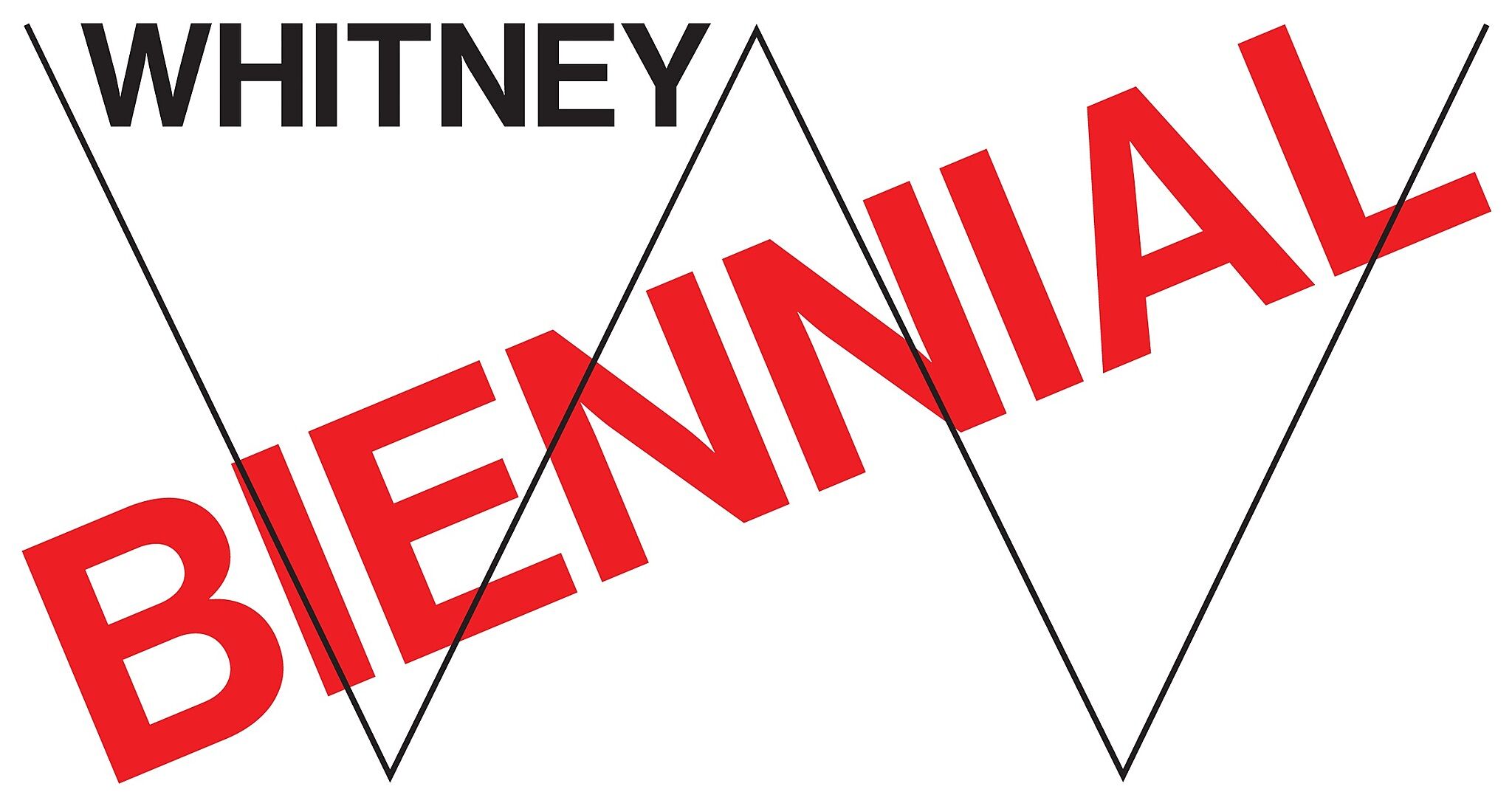Molly Zuckerman-Hartung on painting and sewing
Mar 6, 2014
0:00
Molly Zuckerman-Hartung on painting and sewing
0:00
Narrator: Molly Zuckerman-Hartung painted Notley on heavy drop cloths, which she sewed together.
Molly Zuckerman-Hartung: I have this giant industrial sewing machine, it's called a Juki . . . it's huge. It's the kind of sewing machine they use in sweatshops in East Asia.
Sewing huge painted drop cloths back together, especially when they have been cut in weird shapes, is really hard and unwieldy, it involves carefully aligning the two edges and simultaneously monitoring the enormous rest of the material, which is a bulky, powerful, counter weight of chaos [laughs] to the pointed and specific task at hand. I came up with an analogy; it would be like trying to manage a 200-pound drunk man, who is eager [laughs], while driving a car.
You can see my failure to get things to not just line up, but hold together even. There are gaps. It's actually, literally, busting open at the seams.
Narrator: When she completed the painting, Zuckerman-Hartung stretched the drop cloth onto the rectangular frame of a canvas.
Molly Zuckerman-Hartung: I actually find it less beautiful, as a painting, stretched like this. I stretched it on purpose, because I wanted to force all that languid, sloppy, sexiness into a tight painting. I wanted it on the frame. I wanted it stretched tight. That's an awkwardness, and that's a really different effect of edge that I was thinking about. So sewing, being feminine, being fibers, being textile versus painting, being masculine historical. I was really interested in setting those two things up against each other. Nobody may ever experience that in looking at it, but I want those things there.

